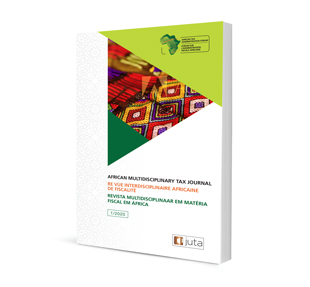
Economic Analysis of the Fairness of the Land Tax System in Benin
Author: Jonas Fassinou
ISSN: 2709-8575
Affiliations: Chaire ‘Organisation Mondiale du Commerce – Commerce International et Développement Inclusif ’ (OMC-CIDI), Université d’Abomey-Calavi (UAC), Bénin. Cabinet d’Etudes, de Recherche, de Management et de la Qualité (CERMAQ Sarl), Bénin
Source: African Multidisciplinary Tax Journal, Volume 5, Issue 1 (2025), p. 107–130
https://doi.org/10.47348/AMTJ/V5/i1a5
Abstract
This study provides an economic assessment of the fairness of property taxes, establishing a link between tax compliance and the performance of property tax collection in Benin. We first examine the distributional tools used to analyse the fairness of tax systems, namely the concentration curves and the Kakwani (K) and Reynolds-Smolensky (RS) synthetic indices. On the one hand, the results showed that in the municipalities covered by the study, namely Cotonou, Abomey-Calavi and Parakou, the tax concentration curves were higher than those of gross rental values. On the other hand, the calculated values of the indices that measure the extent of progressivity are too low, or even negative. These values range from -0.54 to 0.23 for the Kakwani (K) index, and from -0.17 to 0.0006 for the Reynolds-Smolensky (RS) index. Therefore, the property tax system in Benin is not progressive. Therefore, small landowners pay higher taxes than wealthy landowners. To improve the mobilisation of tax resources in Benin, the country’s authorities must adopt new land property valuation approaches to ensure the land taxation system is progressive.